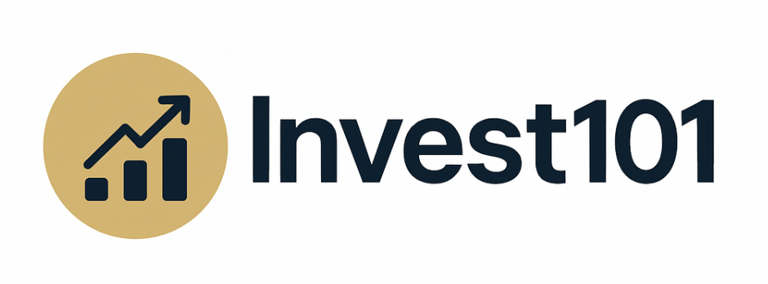When Flows Trump Fundamentals: The New Market Reality
Why investor flows may drive asset prices more than valuation metrics
MARKET STRUCTURE
7/13/20252 min read


Fundamentals Are No Longer the Primary Driver
Markets are supposed to price assets based on fundamentals: earnings, interest rates, macro outlook. But in today’s environment, the dominant force behind price movements is often investor flow, not valuation.
This marks a structural shift in how markets function. According to Goldman Sachs (2023), “Over 50% of S&P 500 volatility now stems from positioning and flows.” In other words, the market moves more based on who is buying or selling, rather than what a stock is worth.
How Flows Move Markets
Investor flows are the movement of capital across assets. They come from:
Retail investors pouring into trending sectors.
Institutions rebalancing quarterly.
ETFs passively allocating capital across indexes.
Dealers hedging derivatives exposure.
Each of these can push prices without any fundamental catalyst. This “non-fundamental” price action has become a major feature of markets today.
Example:
When billions flow into a tech ETF like QQQ or SMH, all constituent stocks rise, even weaker ones. Fundamentals don’t matter; price moves because capital does.
Why This Shift Happened
Several structural drivers explain why flows matter more than ever:
Passive Investment Dominance
Over 50% of U.S. equity AUM is now passive. These funds don’t discriminate — they buy the index, not the balance sheet.Derivatives & Systematic Strategies
According to Morgan Stanley (2024), “Systematic strategies drive ~35% of short-term equity returns.” Many of these are volatility- or momentum-based, with little relation to valuations.Retail Momentum
Meme stock rallies, crypto cycles, and TikTok-driven trades are powered by social flows, not cash flow analysis.Liquidity Constraints & Regulatory Limits
Dealers and market makers often can’t absorb large trades. With tighter balance sheet rules, price impact from flows is magnified.Options & Gamma Flows
Short-dated options, particularly 0DTE, force market makers to hedge intraday — pushing underlying prices in a reflexive loop.
Implications: Why Investors Must Adapt
Being “Right” ≠ Being Profitable
Valuation-based stock pickers may underperform simply because flows go elsewhere.
Follow the Flow Narrative
Tracking fund flows, ETF demand, options positioning, and institutional allocation calendars is now critical.
Risk of Overshooting
When flows dominate, markets overreact in both directions. Asset prices become more fragile and prone to reversals.
Timing is Everything
In a flow-driven world, the right idea at the wrong time can still lose money. Understanding the flow calendar matters more than ever.
Bottom Line
Today’s market is shaped more by capital flow than company fundamentals.
Whether through ETFs, systematic strategies, or options hedging, flows dictate where prices go — often regardless of valuation. Investors who ignore this reality risk being left behind, no matter how sound their analysis.
Or, as one strategist put it:
"Flows are the new fundamentals."
Invest101.blog
Articles and resources for smart investing.
Contact
contact@invest101.blog
© 2025. All rights reserved.
